Rated E: Esports for everyone
Esports players compete on mobile devices, tablets, consoles, laptops and PCs.
It had been a summer of losses: losses of time for socializing with friends, losses of opportunities for outdoor exploration and losses in video game competitions. Yet on the eve of the new school year, Ryan Wellman, senior, decided he had nothing left to lose — and so he played.
“The concept [of this particular tournament] was that all the mobile players could win something to play [Fortnite] on because Apple was taking Fortnite off the App Store,” Wellman said. “The tournament was open to players [on all platforms]. I was just bored, so I was like, ‘Alright, I might as well try to win this.’ But there was no live leaderboard, so I didn’t really know how I was doing. I was kind of just like, ‘If I win, I win and if I don’t, I don’t.’ They don’t tell you [if you won anything] until three months later, so I had basically forgotten about it [until they said] I had won an Xbox.”
Wellman’s experience competing in a tournament reflects the esports world’s growing influence. Since 2018, nearly $550 million in esports prize money has been allocated to tournament competitors, while the esports market’s revenue is projected to be approximately $1.6 billion by 2023. Although uncertain which video games might be most popular, science teacher and Video Gamers Club sponsor Ryan Evans believes the industry’s growth could facilitate the infusion of esports offerings into more high schools — and relatively soon.

“The hard part to predict is that we don’t know what games are going to be exciting,” Evans said. “But I do think more high schools are going to be putting money into these programs, [maybe even] in the next five years. There’s a big fan base and player pool, so [esports are] going to become more popular as more people become aware of [them].”
In the St. Louis area, some high schools and higher education institutions have already experimented with this undertaking. Christian Brothers College High School (CBC) opened a 1,500 square-foot esports room — containing 12 gaming consoles and 49 gaming computers — in 2019, while area institutions such as Maryville University, Fontbonne University and Saint Louis University, among others, currently roster esports teams. According to the National Association of Collegiate Esports (NACE), about $16 million in collegiate esports scholarships and aid were delegated to student-athletes in 2019. With this growth, Wellman believes schools are positioned to pioneer opportunities for their students.
“Hardware matters a lot,” Wellman said. “Not every kid is going to buy a $3,000 PC. Some kids have consoles. Some kids have laptops. Most young kids are into video games, [and] if they’re not it’s normally because they don’t have something to be into them [with]. So if [a high school] will spend money on good hardware, then it would be helpful for kids trying to [pursue esports].”
For the players who compete in esports at the collegiate level, the benefits transcend improvements in video game mechanics, according to Joshua Franklin, head League of Legends and Overwatch coach at Arcadia University. Franklin believes esports provide opportunities for students to hone skills applicable to life outside the computer screen.

“From freshman to senior year, you see a lot of leadership and communication skills develop,” Franklin said. “[Esports] kind of helps bring people out of their shell a bit more [because it provides] a space where players share a common interest with everyone else there, [making] it easier for them to open up a little bit.”
Creating such a space, though, is an intricate process. If KHS, however, were to create esports opportunities for its students, Evans said those students would thrive because they’ve been primed for them.
“I know one thing [KHS teachers] really stress is grit and self-efficacy, where students are willing to not give up and willing to try again,” Evans said. “I think trying again — added to being okay with not doing things right the first time and knowing you can still do better — is what [playing] video games is, too. It’s practicing and learning from your experiences and trying to do better. [So], I do think KHS prepares students in that regard and that it would translate to higher video game play.”
Playing video games, however, is not an invariably praised hobby, though. Research conducted in 2015 by Common Sense Media determined teens between 13 and 17 years old spend, on average, an hour and 21 minutes per day playing video, computer or mobile games; while some studies have elucidated the potential cognitive benefits of video game play, proponents recommending curtailed video game play and regulation of youth access to thematically violent, intense video games still remain. Brandon Clark, Fontbonne University head esports coach, thinks this nebulous public opinion affects which gaming titles postsecondary institutions’ esports programs carry — but doesn’t define them.
“It’s just kind of that public opinion thing [where] people may not want their kids playing those realistic, violent games,” Clark said. “I know [Fontbonne] kind of leans away from those violence-depicting games to [try and] defeat that stigma of video games [being violent]. I think more people are [also] coming to realize gamers are actually very connected with other people all the time, which is different from [the stigma of] gamers sitting in [their] basement or at [their] computer not talking to anybody. More esports programs at the college level are getting into physical activity as a requirement for their program, [too], [so I think] at the college level we [are] beating those stigmas and arguments against [playing video games].”
To Franklin, esports are unique from traditional sports in that most esports titles are updated weekly or bi-weekly, thereby affecting the game’s “meta” (i.e., landscape) and how players make decisions as matches unfold. And Wellman agrees. He believes success in the esports realm boils down to a timeless component of sports: practice.
“I ran cross country,” Wellman said. “[But] I couldn’t run cross country 12 hours a day. I could play a game 12 hours a day, so with a game it’s more about how you use your time and instead with a [physical] sport it’s more [about] how much time you put in. Our cross country coach would tell us that if we wanted to be good at cross country, we’d have to do our summer workouts. So, if you wanted to be good at video games, you’d still need to play at home even if your school offered esports [programming]. You’re just going to have to practice.”
Your donation will support the student journalists of Kirkwood High School. Your contribution will allow us to purchase equipment and cover our annual website hosting costs.

he/him
Favorite musical artist: Polo G
Favorite quote: "Vivere memento."
Favorite Pantone shade:

she/her
Favorite musical artist: Tatsuro Yamashita
Favorite quote: “What ever happens, happens”
Favorite Pantone shade:




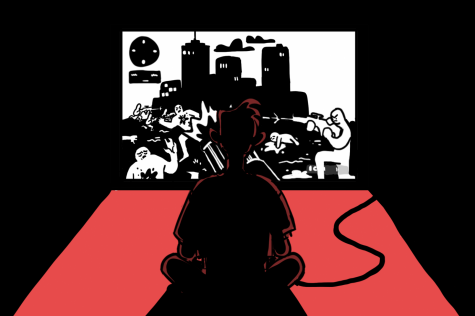

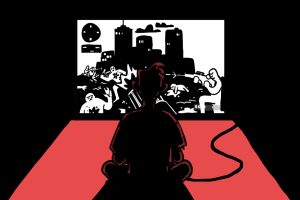

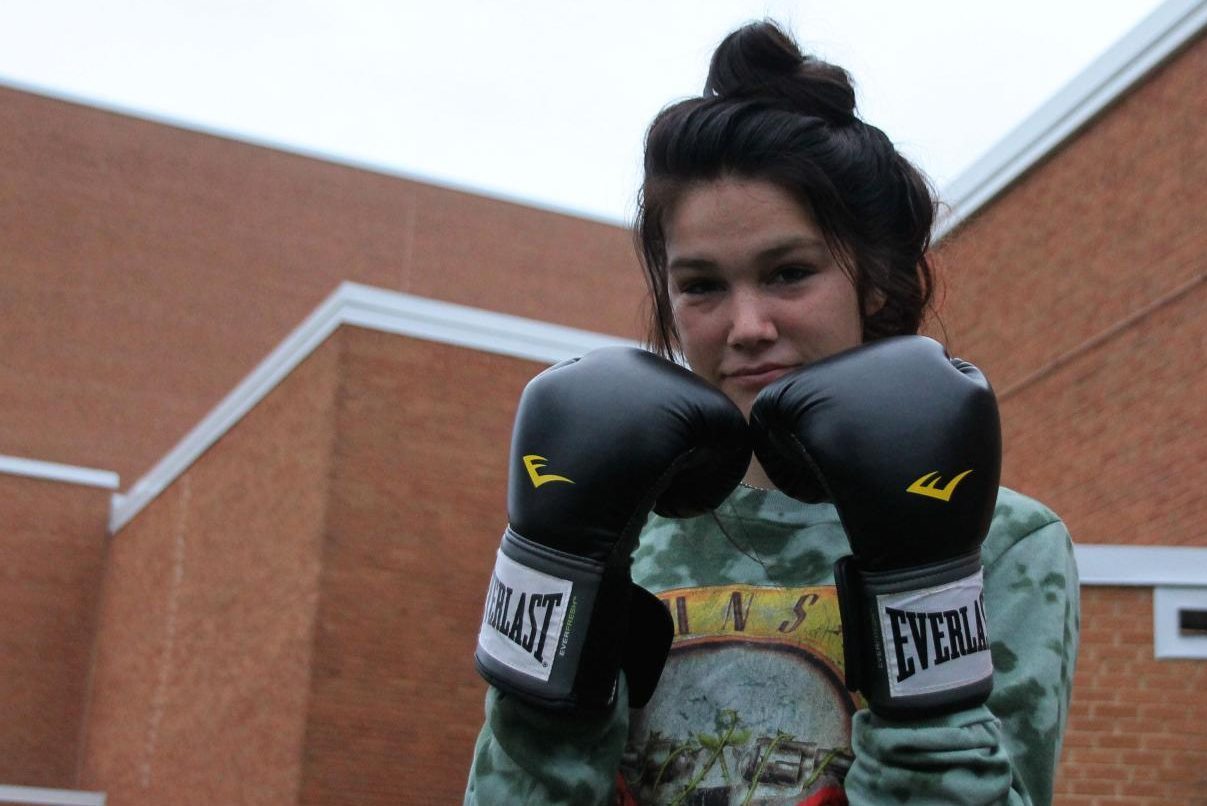




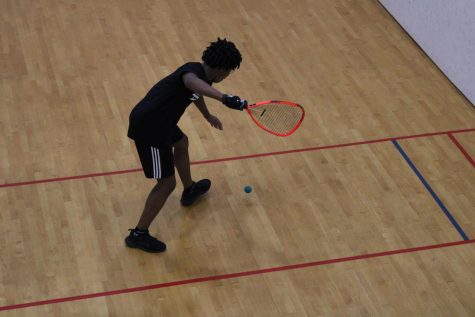

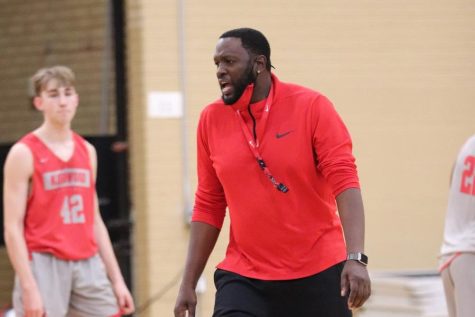

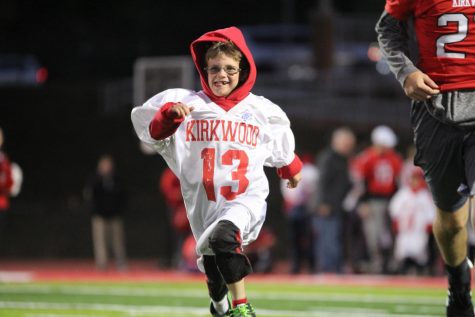


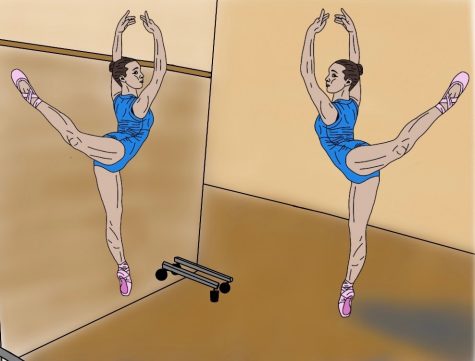



Cmeden • Feb 28, 2021 at 12:16 pm
One of the best pieces reported and written this year.